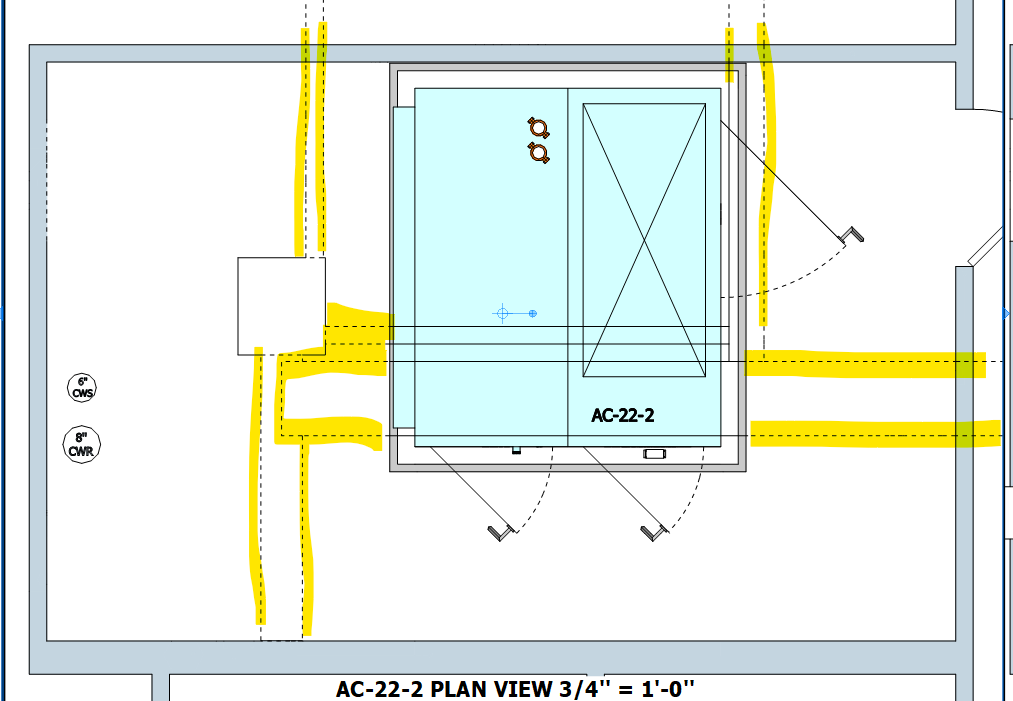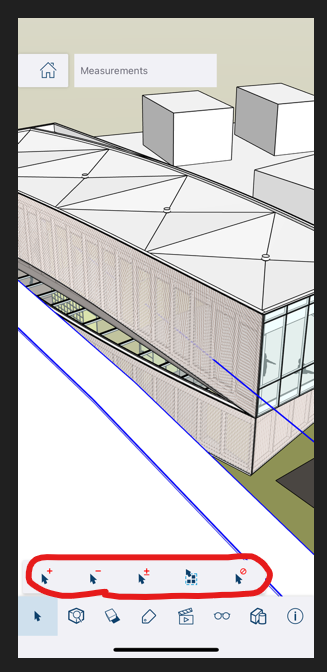https://mehtametals.com/hastelloy-products/
The Hastelloy family of alloys includes several different grades, each designed for specific environments and conditions. Some of the most commonly used Hastelloy alloys include:
Hastelloy C-276 (UNS N10276): This is one of the most well-known and widely used Hastelloy alloys. It offers excellent resistance to a wide range of corrosive chemicals, including strong acids, chlorides, and oxidizers. It is often used in chemical processing, pollution control, and the production of specialty chemicals.
Hastelloy C-22 (UNS N06022): Hastelloy C-22 is particularly resistant to pitting and crevice corrosion. It is used in harsh chemical environments, including those containing chloride ions.
Hastelloy B-2 (UNS N10665): Hastelloy B-2 is highly resistant to hydrochloric acid and other strong reducing acids. It is often used in applications where the conditions are too harsh for other materials.
Hastelloy X (UNS N06002): Hastelloy X is a high-temperature alloy that can withstand extreme heat and oxidation. It is commonly used in gas turbine engines and other high-temperature applications.
Hastelloy G-30 (UNS N06030): This alloy offers excellent resistance to both oxidizing and reducing acids and is commonly used in the chemical processing industry.
These alloys are typically used in various industries, including chemical processing, aerospace, nuclear, pharmaceuticals, and more. Their excellent corrosion resistance, high-temperature performance, and mechanical properties make them valuable materials for applications where safety, durability, and reliability are critical. However, Hastelloy alloys tend to be more expensive than common stainless steels, so their use is typically reserved for situations where their unique properties are required.

